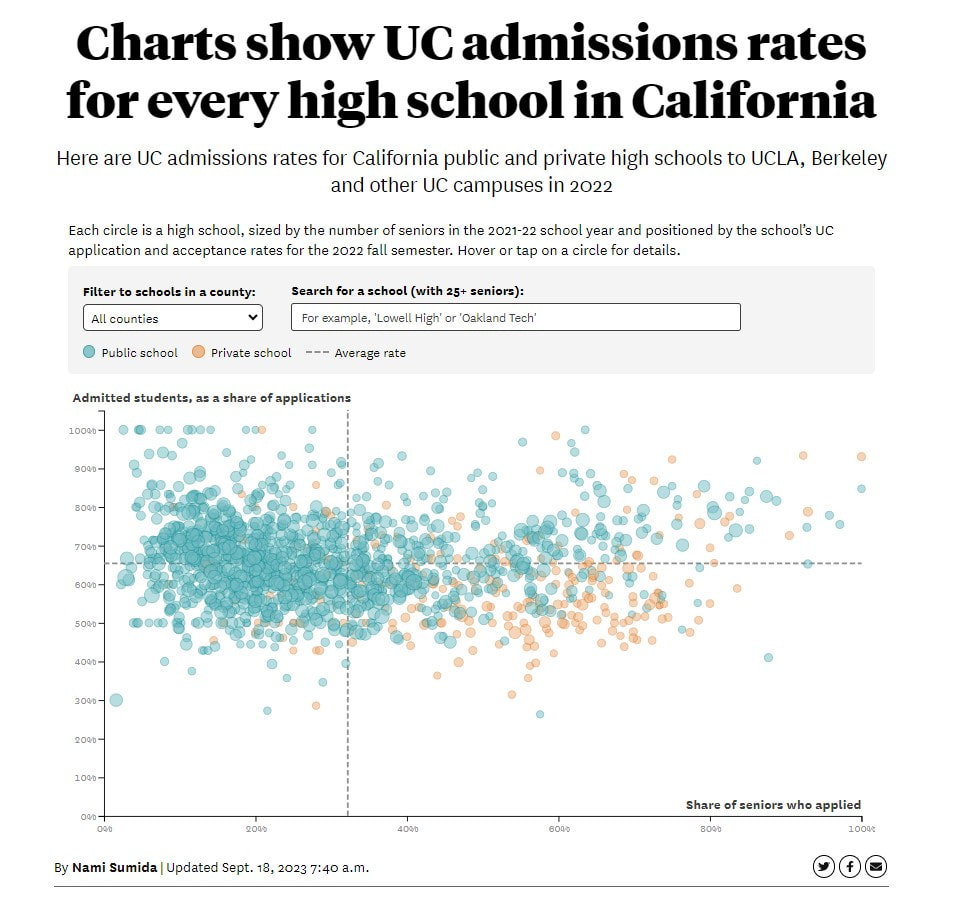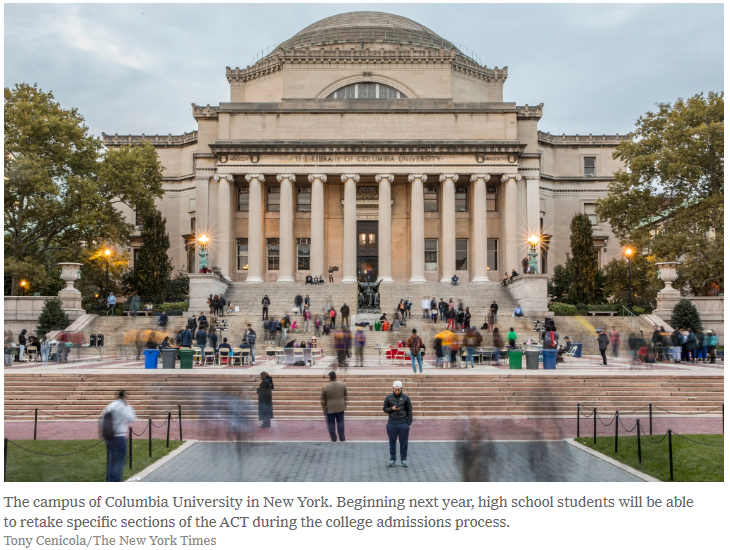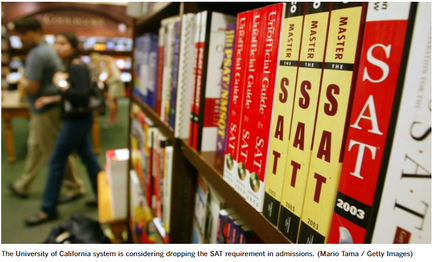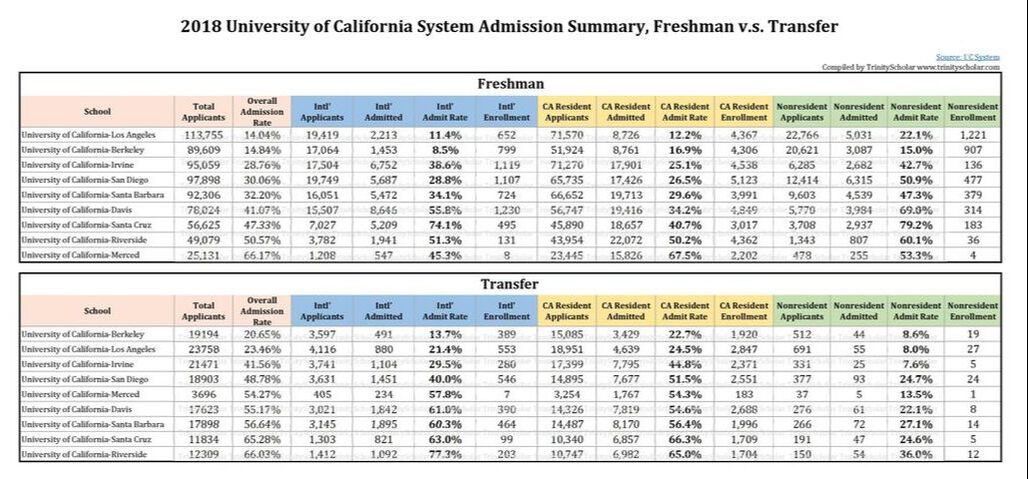0 Comments
Are you all set with the application for 2023 Fall entry? The deadlines for int'l applicants of most colleges/ universities fall around early to mid January. We list the dates of the popular universities as below for your reference. Need some last-minute help to polish your application? No worries, TrintyScholar get you covered; contact us now via email to[email protected] (or simply replying this email), call: 886-2-2771-6002, or Line: (@TrinityScholar)
Writing each application is the responsibility of the student. We encourage students to consult with parents, teachers, and your TrinityScholar counselors regarding the topic, organization, and effectiveness of the writing. It is imperative that the essay be the student’s own work. Although your TrinityScholar counselor is available to help; however, there should be enough time provided for appropriate editing. Here are a few questions we receive frequently regarding college essays: Why is the essay so difficult for students? Often there is complete freedom in the answer. Students find it difficult to talk about themselves (don’t want to brag). They struggle with “saying what they (the colleges) want to hear” Some just hate writing essays! Why do colleges ask you to write an essay?
Should you have any questions, please feel free to contact us at any time.
To get the latest news, join our Line Official Account (@mqz4477g) or subscribe to our newsletter to get the first hand news. "Should I use the common application?" ,one of the questions we hear often. Our answer is “Yes,” but with a few caveats. The Common Application was created in order to eliminate a lot of the ‘busy work’ involved in applying to college; take advantage of it. Colleges pay a fee to be a member of the Common Application. If they didn’t believe in it, they wouldn’t pay to be a member. That said, cavalier use of this application is not in anyone’s interest. Do not use it to over-apply, but do use it as a timesaving tool, noting that each application can and should be personalized for each college. Use the Common Application in conjunction with a thorough investigation of the school, which may include a visit, a letter indicating interest, and an interview, among other things. When applying E.D. or E.A., use the school’s own application. The Common Application should never be the first point of contact between you and that school. Make sure that you tailor each application as much as possible to each individual school through the essay or personal statement. Also, double- or triple-check your applications to make sure that the right school is getting the right application. Finally, most colleges require a supplement to the common application, and these can be downloaded from the college’s page or the Common Application website. While some colleges say their supplement is optional, the reality is that your application looks better when you complete “optional” material. After the Application is Mailed This is usually a very trying time for students and families. You’ve done all the work, you’ve written a great essay, and you’ve gotten it all off in the mail well before the deadline, (We hope!!) Now what? Other than E.D./E.A. applications, which usually take 4-6 weeks to process, most regular decision college applications take anywhere from 8-12 weeks, depending on the volume of mail, data processing and reading procedures, and number of personnel on the college side. This time, when things are “up in the air,” can be daunting for seniors. Here are some tips for making it through these months and weeks:
Decisions And finally the time comes for the news to arrive. Thousands of students race to the mailbox, log-on to websites, call a dedicated phone line and the next few moments can feel like an eternity. When you get good news--and you will--celebrate! But also, be considerate of those around you who may not have heard the good news you have. Still, be joyful. It’s a wonderful accomplishment to earn a place in college. The key to how you will handle disappointing news is, of course, linked to the advice early in the process. Don’t apply to a college you don’t want to go to. If you follow this advice then whatever comes down the pike will simply be a decision. The bad news may sting and disappoint, but it won’t devastate. And it shouldn’t. So, focus on what your choices are rather than what they are not. But can one always ‘move on?’ Not always. You may be angry, sad, confused, jealous—maybe all of the above. Yet, after some time passes you will put these decisions in their proper context, and hopefully you will understand them as part of a process, and not just the college process, but the process of growing up, finding a path to follow and looking for opportunity. In the face of college disappointment there are lots of people who will be in your corner: parents, college counselors, teachers, advisor, and friends. Wait Lists Because students are making more applications each year, and because colleges are much more conscious of their yield rate, students are finding themselves on wait lists more than ever. If this happens to you, take heart. Each year, we see many students accepted from waitlists, and we encourage you to take the following steps to enhance your chances:
Should you have any questions, please feel free to contact us at any time.
To get the latest news, join our Line Official Account (@mqz4477g) or subscribe to our newsletter to get the first hand news. Applying ‘Early Decision’ – and to a lesser extent ‘Early Action’ – is an indication to a college that it is your No. 1 choice. That is, if you were accepted to every one of the schools to which you applied, you would attend that one. In applying Early Decision, you are also signing an agreement that binds you to that college should you be admitted. While there can be an advantage in applying early at some institutions, you should consider how much you really want to go to that college before making the big leap. SOME QUESTIONS TO ASK YOURSELF:
For certain students, the option of sending some kind of early application is advisable; however, you should know what the differences are before getting started. Early Decision (E.D.) is a binding agreement between you and the college, by which you agree that you will attend the college should you be accepted. At many schools, E.D. applications are due by November 1st or 15th, but the dates and E.D. plans do vary, so read the applications closely. Normally, decisions are mailed before the Christmas holiday. If accepted under an Early Decision plan, you must withdraw your applications at all other colleges. Early Action (E.A) roughly follows the same timetable as Early Decision, but it is not a binding agreement. If accepted to a college under an Early Action policy, you may still attend another college if you choose to. You have until May 1st to make your decision. Rolling Admission is a process used mainly by large state universities, although not exclusively. Under a Rolling Admissions policy, applications are read on a continuing basis rather than all at once after a certain deadline. If you apply to a school with a rolling admission policy, we recommend getting that application in as early in the fall as you can. Should you have any questions, please feel free to contact us at any time.
To get the latest news, join our Line Official Account (@mqz4477g) or subscribe to our newsletter to get the first hand news. Students and parents (and unfortunately many school counselors) are often unfamiliar with the Early Round (Early Action or Early Decision) option at many of America’s elite schools. We have crunched the data on the Early Round vs. Regular Decision admission rates, which should show you that whenever possible, you should apply to EA/ED. While most Ivy League Schools offered Early Decision options, Princeton, Harvard, and Yale offer Restricted Early Action option to students. If student choose to apply to one of them, they cannot apply to any other private schools in the early stage, and public schools that offer ED options. If you look at the admission rates for Early Round, they are significantly higher at all 8 schools. (We have developed a ratio, which we term ER/RD, which measures how great of an advantage ER applicants have.) The ER/RD ratio ranges from 2.1 (Cornell) to 3.0 (Harvard). In simpler terms, it means you are 2.8x more likely to be admitted to Brown applying in ER than in RD.
Though Stanford has decided to not release their early round admission data, we can assume the situation is similar since all elite schools are still competing with each other for elite students. Based on the above data, we can easily find out that, because of the timing of application, students with similar/ same background & academic performance will have diversely application outcome. Therefore, we highly recommend you to organize your timeline and work on your college application scheme at the earliest possible, including ahead preparation for related tests. This way, you can apply to your ideal colleges at the most advantageous timing and hence gain the admissions successfully. Starting next September, high schooler could retake ACT individual sections, instead of the entire exam.
Officials at ACT said on Oct. 8 that starting next September, students who want to improve their scores would be able to retake single sections of the five-part test, including reading, math, science, English and optional writing, which lasts about three hours, instead of sitting for all of them again. The change would allow students to avoid getting worse marks on sections they had taken earlier and students will get a new “superscore” that combines their highest scores on the subsections from each time they took the test. There’s already discussion about whether this change eases students’ anxiety or further disadvantages students without access to extra test-prep resource/ coaching. However, one thing is for sure—College Board, owner of SAT, the other dominant of this game, would have to come up with some similar changes in reaction to this new policy of ACT. Read the full news here. (Updates on Nov. 27) Starting from the test at September 2020, students who take the ACT at US test centers will be able to:
Our TakeawaysNow, there are more than 1000 universities in the US have adapted this “test-optional” policy and you can have the full list from Fair Test’s website. https://www.fairtest.org/university/optional
However, when you look into the details, there are different situations that fits different applicants. 1. No SAT/ACT at all for all students – such as Pitzer College (except homeschooled, Joint Medical Program applicants, and students attending schools from which grades are not provided.) 2. No SAT/ACT for US or Canadian citizens, still required for international students. – such as Brandeis University 3. Applicants can choose to submit different test results such as SAT, ACT, 3 AP test results, or 3 SAT II Subject Test results. However, this might also come with additional requirements. For example, the University of Chicago requires at least 1 of these SAT subjects has to be math or science, and 1 be English, Social Science, Arts or World Languages. As for AP exams, they need to be at least one in Math, Computer Science, or Science and at least one in English, History, or Language.. University of California system is the most popular college system in the US with nearly or over 100,000 applicants to its top 3 campuses (LA, SD and Berkeley), and the single largest university source of customers for the College Board. Test-optional is not an easy decision to make. It’s highly doubtful that UC will go with no requirement for all applicants, but set up new application rules. So, here comes a more important question, “what’s the fairer alternative(s) of SAT and ACT as admission requirements, free from family income, parents’ education, or even race?” Freshman or transfer? International students vs. California residents (in-state), vs. non-California residents (out-state)
*|MC_PREVIEW_TEXT|*
|
Archives
July 2024
Categories
All
|
TRINITY SCHOLAR
|
Hours of Operation 營業時間:
Mon – Fri 周一到週五 10:00 – 19:00 Sat & Sun 週六與週日 9:30 – 18:00 (Off on national holidays 國定假日不營業) |
@ 2022 Trinity Scholar. All Rights Reserved.







 RSS Feed
RSS Feed